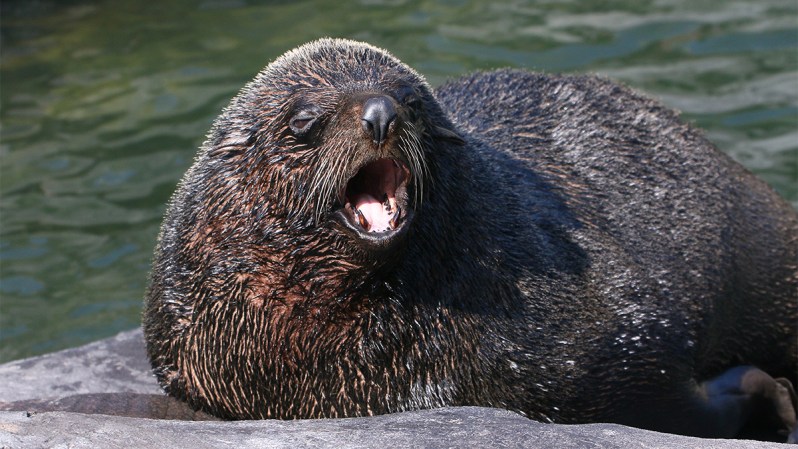
While some of the world’s more *ahem* “myopic” political leaders are sticking their heads in the sand to deny climate change, Chile is working hard to preserve as much of its own patch of Earth as possible. In late February, the country announced another stunning environmental move, this time to protect a full 42 percent of its ocean territory forever. It ranks among the most dramatic and broad-reaching environmental acts by any national government in history.
Chilean president Michelle Bachelet signed an order protecting more than 450,000 square miles of water off the coast of Chile. To put that into perspective, it’s an area the size of California, Texas, and West Virginia combined. The three marine parks include some of the most biodiverse waters on the planet, including the areas around Cape Horn and the Juan Fernandez Islands. There are hundreds of species here which are found nowhere else on Earth. Plus, the area is along a critical migration path for humpback whales and is home to billions of fish and nesting seabirds.
Rapa Nui Marine Protected Area is the largest of the three new marine parks and arguably the most significant. At 278,000 square miles, it preserves the most important waters — for economic and environmental reasons — around Easter Island. Here, the protections will defend nearly 150 native species, more than two dozen of which are either endangered or threatened. It’s also among the few such areas in the world where the indigenous population was involved in and strongly backed the legislation to protect it. Only traditional fishing practices will be allowed within the confines of the park. All industrial fishing and mining are now prohibited.
It was around this time last year that Chile announced the creation of a massive, 11-million-acre national park. It’s an area 5,000 times larger than Manhattan’s Central Park. Yosemite and Yellowstone combined would occupy less than one-third of its borders. With the stroke of a pen, the order also interconnected five national parks, creating “The Route of Parks.” The drive through this stretch of Patagonia is arguably the most beautiful, bucket-list-worthy road trip in the world.
Compared to brand-name destinations like Paris and Iceland, South America gets little love among Americans. However, Chile seems to be working damn hard — intentionally or not — to prove that it’s a world-class destination, particularly for adventure travelers, beer lovers, and now outdoor enthusiasts.




